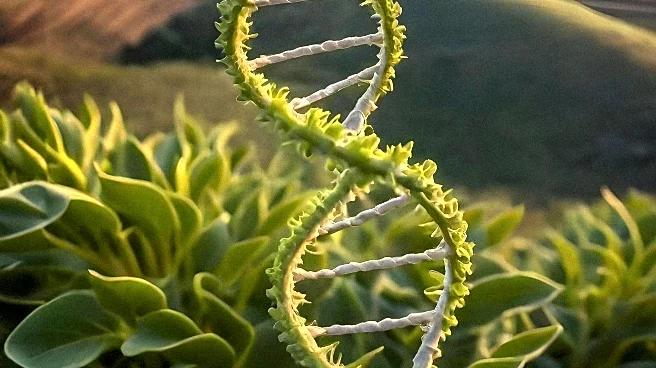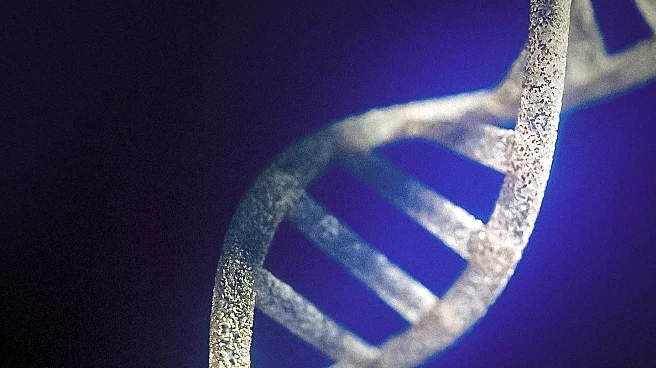What's Happening?
A study has demonstrated the successful green synthesis of silver nanoparticles (AgNPs) using Alkanna tinctoria root extract, which exhibit significant antifungal activity against multidrug-resistant Candida pathogens. The synthesis process involved the reduction of silver ions by phytochemicals in the root extract, resulting in spherical AgNPs with a mean particle diameter of 19.91 nm. The AgNPs showed strong inhibitory effects against various Candida species, including C. parapsilosis and C. auris, which are known for their resistance to conventional antifungal treatments. The study also explored the synergistic effects of AgNPs with antifungal drugs like clotrimazole and nystatin, enhancing their efficacy against resistant strains.
Why It's Important?
The emergence of antifungal-resistant Candida strains poses a significant challenge to public health, necessitating the development of new therapeutic strategies. The use of AgNPs synthesized from natural extracts offers a novel approach to overcoming resistance mechanisms, potentially improving treatment outcomes for patients with fungal infections. The study's findings highlight the potential of AgNPs to enhance the efficacy of existing antifungal drugs, providing a promising solution to the growing crisis of antifungal resistance.
What's Next?
Future research should focus on evaluating the safety and efficacy of AgNPs in vivo, as well as their potential for clinical application. Investigating the molecular mechanisms underlying the synergistic effects of AgNPs with conventional antifungals could lead to the development of optimized treatment protocols for resistant fungal infections. Additionally, exploring the use of AgNPs in combination therapies could provide new avenues for addressing the limitations of current antifungal treatments.
Beyond the Headlines
The green synthesis of AgNPs using plant extracts represents a shift towards more sustainable and environmentally friendly manufacturing processes. This approach not only reduces ecological toxicity but also enhances the nanoparticles' biological activity through the incorporation of natural phytochemicals. The study underscores the potential of green synthesis methods to produce nanoparticles with superior properties, offering a viable alternative to traditional chemical synthesis techniques.










